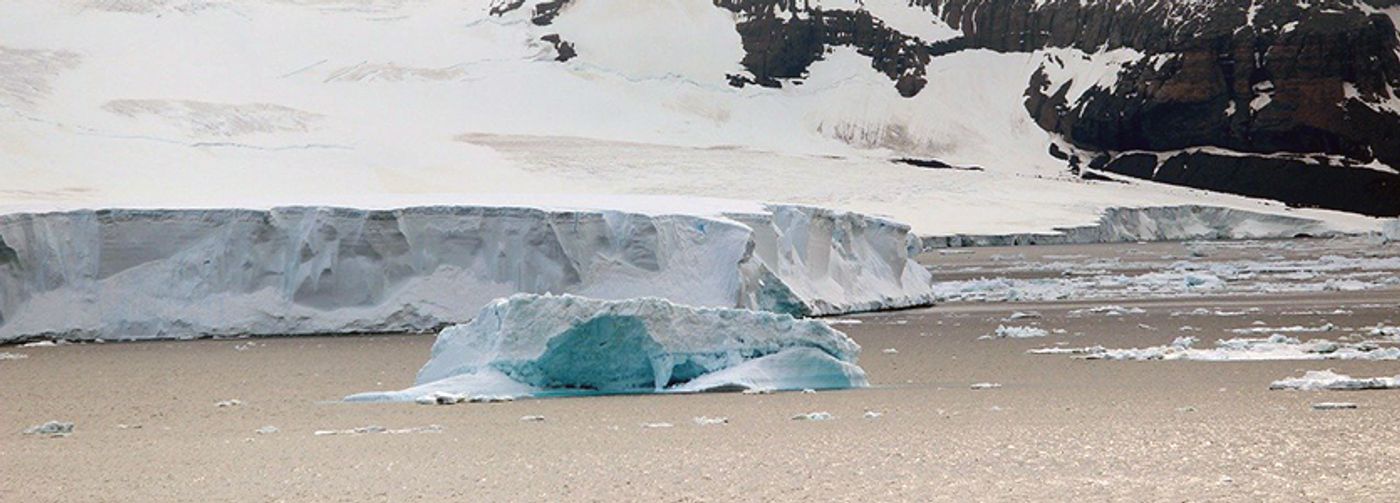Scientists Stumble Upon Life Below Ice Shelf
In a discovery touted as a "fortunate accident," scientists from the British Antarctic Survey (BAS) stumbled upon marine life under the Filchner-Ronne Ice Shelf. According to a BAS press release, floating ice shelves cover more than 1.5 million square kilometers of the Antarctic continental shelf but are considered the "greatest unexplored habitat in the Southern Ocean." BAS reports that scientists did not consider these sites to be habitable for marine life because they lack open water and sunlight. So, when the drilling team struck a boulder while drilling hundreds of meters into the ice, they were shocked to observe it covered with animals.
The research article regarding this discovery was published in Frontiers in Marine Science last week. According to the article, the Ronne-Filchner Ice Shelf in the Weddell Sea is the second largest Antarctic ice shelf and covers approximately 420,000 square-kilometers of the seabed. The article reports that the boulder hosting the marine life community was located at a depth of 1,233 meters and about 260 kilometers from the ice shelf's calving margin.
BAS reports that prior research expeditions from only eight other boreholes observed "small mobile scavengers and predators, such as fish, worms, jellyfish, or krill" in similar habitats. The article states that 700 kilometers from the Ross Ice Shelf front is the furthest "inland" shelf where life has been observed. For perspective, the report says that this distance is equal to 64 times the depth of the Mariana Trench away from any primary productivity.
This discovery of sessile species filter-feeding species was shocking since these species are not expected to survive below the ice at the depths the scientists were drilling. The article reports that three main types of suspension feeders were living on the boulder: a stalked sponge, non-stalked sponges, and unidentifiable stalked taxa.
According to BAS, based on water currents in the area, the scientists think that these animals may be up to 1500 kilometers from primary producers. These organisms may collect nutrients in other ways, but further research will be needed to understand how this animal community is surviving in this location. BAS reports that collecting samples of these organisms presents some challenges. Dr. Huw Griffiths, biogeographer and study lead author, stated, "to answer our questions we will have to find a way of getting up close with these animals and their environment—and that's under 900 meters of ice, 260 kilometers away from the ships where our labs are."
As with other rare ice shelf communities in the region, climate change and ice shelf collapse threaten this community. According to the BAS press release, Dr. Griffiths and the team worry that that time is running out to understand and protect these ecosystems.
Sources: British Antarctic Survey, Frontiers in Marine Science









